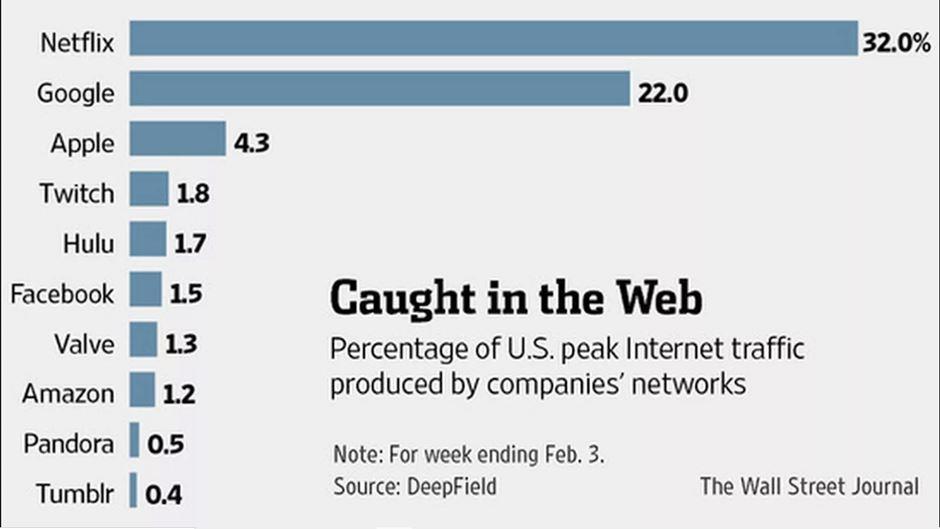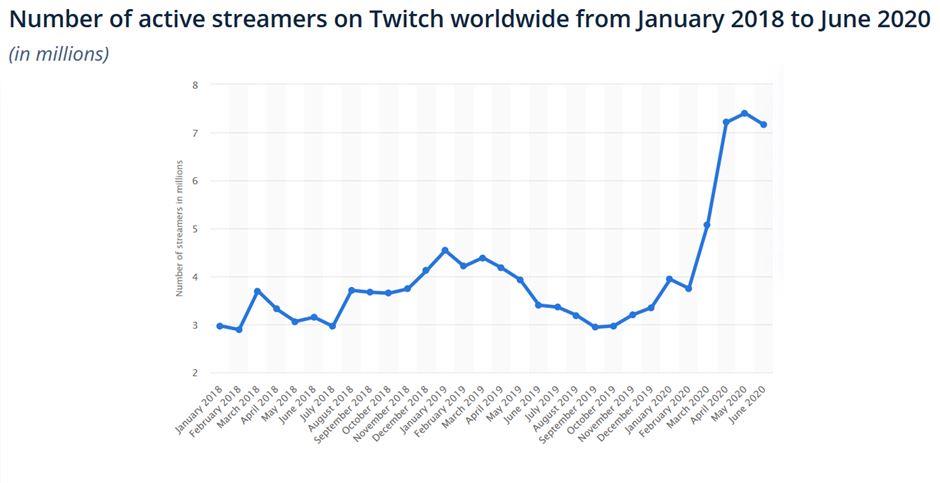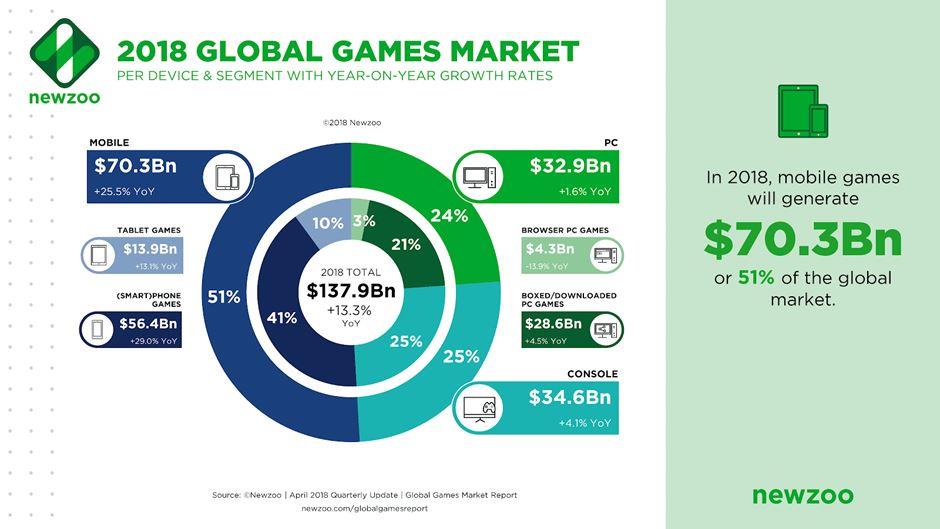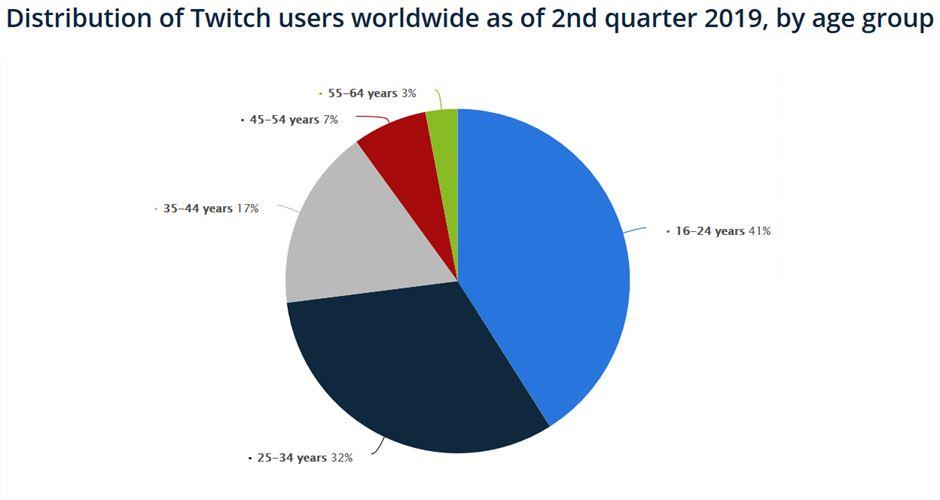Twitch has emerged as a powerhouse in the ever-evolving digital entertainment landscape, transforming how we consume content and engage with our favorite creators.
With its live-streaming roots, Twitch has cultivated a unique business model that captivates audiences worldwide and provides a lucrative platform for content creators. Let’s embark on a journey to unravel the intricacies of the Twitch business model and understand how it effectively generates revenue.
What is Twitch?
Twitch is an American video streaming service introduced in June 2011 and operated by Twitch Interactive. The leading site focuses on live video game streaming along with broadcasts of esports competitions, including music broadcasts, content creation, and much more. The site’s content can be explored by the video on demand or by going live. The website has more than 45 million unique viewers in 2013 alone.
Twitch was undoubtedly considered the fourth most significant source of peak Internet traffic in the U.S. alone. Similarly, Justin’s parent company was branded Twitch to represent the shifting focus; it shut down in 2014.
In the same money, the company was acquired by Amazon for US$970 million, which led to the company’s subscription service, popularly known as Amazon Prime. Later, Twitch acquired Curse and introduced means to purchase games through various links on streams.

Image: (Source)
Twitch had around 1.5 million broadcasters and more than 100 million viewers per month in 2015 alone. It is the leading live-stream video service for gamers in the United States and many other countries, offering advantages over YouTube Gaming. It had 7.16 million active streamers as of June 2020 and partnered with over 27,000 channels.

Image: (Source)
Twitch Business Model Explained: How Does Twitch Work?
The above content clearly shows that the Twitch streaming platform plays a major role, especially in the gaming industry. Twitch is the leading platform that has left competitors behind in the race in today’s competitive business market.
Twitch has 15 million active users; it is estimated that users enjoy the video streaming service for more than 23 billion minutes. Users can watch the broadcasts without registering with the platform; while they need to sign up to broadcast and chat on the platform, this service is entirely free of cost.
Twitch provides great support on PC, Playstation consoles, Xbox, and much more. It offers browser support and an impressive app to help record videos and interact much better and more effectively. The live video streaming service boosts the concept of crafting a real-time spectating environment where users can watch broadcasts of their favorite videos and comment on their opinions about the streamers they have viewed in real-time.
Twitch provides an application programming interface and software development kit that helps users integrate with existing services on their devices on which they want to enjoy the streaming service. The report shows that Amazon purchased Twitch for $970 million, which increased its company value by $3.79 billion.
How Twitch Makes Money?
The gaming industry is booming daily; you will be amazed that 2.3 billion gamers spent around 137.9 billion on gaming in 2018 alone. E-sports has also raised some mean traffic and the E-sports league attendance, which never seems to fade away. It is found that the ESL One Katowice reached 2.2M peak viewers in 2018; the graph has undoubtedly experienced the roof of an 80% rise in viewership during the recent year.

Image: (Source)
Check to know everything about the Twitch business model: Check how Twitch works & generates revenue. The business model of an online video streaming platform is based on numerous types of income streams. The company is undoubtedly making revenue by charging monthly subscription fees, running video ads, offering digital currency, and selling merchandise. A portion of its revenue is shared with content creators, ensuring to enrich the content on the platform.
The Twitch platform provides free-of-charge service to both entities (that is, streamers and video consumers). But if they want to enjoy more advanced features of the platform, then the platform has to turn to subscribe to the premium plan. Twitch is mostly operated on a freemium model as it helps attract and retain more users in no time. However, Twitch’s user demographic is mainly young adults and teenagers with little spending power.
You will be shocked that Twitch’s annual revenue has reached around $500 million. Twitch has considered numerous income streams to manage to crave out in recent years. And as it belongs to the Amazon ecosystem, it has numerous opportunities to cover, especially regarding a sale. Mainly, three base principles help Twitch generate huge profits; these principles include:
- Advertisements,
- Subscriptions,
- Partner Programs.
Advertisements
Statista report shows that the average Twitch user belongs to the 16 to 24 age group. Most platform users can pay for the premium features of Twitch. The platform has enabled video ads on live streams and pre-recorded videos to combat the lack of monetization, which it mostly faces due to free users. Streamers of the platform are mostly paid based on their Cost Per Mile (CPM) performance.

Image: (Source)
Twitch would negotiate ad deals with advertisers, including Nintendo, Nike, or any other company that is aiming to advertise on the platform. Content creators that depend on CPM performance.
Twitch believes in maintaining a personalized contract with every content creator specifying their incentives and personal rates. Content creators can easily determine when they want to play video ads. The most popular ads on the platform are mid-roll (in the middle of the video or stream) and pre-roll (before the video/stream starts) ads.
CPM prices are undoubtedly highly seasonal, and the pay-out differs significantly on time, ranging from $2 to $10 per 10000 views. Twitch provides standard IAB display, video media, and native opportunities. Twitch has a different CPM and is usually kept between $2 to $10.
Subscriptions
Twitch offers Twitch Turbo for $8.99 as a monthly subscription to the platform users. It helps platform users make the game and video streaming experience much smoother as users can reduce ads. It also provides them with high video storage capabilities and other aesthetic upgrades for Turbo users. As Amazon owns the video streaming service, it has successfully launched Twitch Prime, which offers similar loot boxes and perks for different games as incentives for users to choose Twitch Prime.
Partner Programs
Partner programs are for broadcasters on the platform; the program is for popular and regular streamers. The Streamers Stand allows partners to become members of Twitch and satisfy their users’ needs quickly. One of the primary requirements of the Twitch partners is high-quality content, stream frequency, average concurrent viewership, and many others.
Twitch partners can monetize their viewership through paid channel subscriptions, advertisements, merchandise, and many more. Partners get a fixed ratio from the CPM of the ads, which are displayed on the partners’ channels. Partners can integrate merchandise with Twitch and get a cut from each partner’s merchandise that is sold on the platform.
Viewers can go for a paid channel subscription to show their support to streamers and usually are provided with a cut of 50% to the streamers to which they subscribe to the platform. Users are given a few attractive emojis and chat options in return for their platform support. Partners can also use PayPal to collect money; Twitch doesn’t charge an extra amount for the donations.
Future Perspectives: Twitch and the OTT Evolution
As Twitch continues to evolve, its foray into the realm of OTT platform script marks a strategic move toward a broader content spectrum. With a global user base and a penchant for innovation, Twitch’s OTT endeavors could redefine how users consume diverse content beyond gaming, solidifying its position as a comprehensive digital entertainment platform.
Twitch’s Ongoing Evolution: Navigating Success and Challenges
Twitch has solidified its status as a formidable force in the dynamic digital entertainment realm, reshaping content consumption and creator engagement through its live-streaming platform. This exploration delves into the intricacies of Twitch’s business model, shedding light on its revenue generation mechanisms, user experience innovations, and future outlook.
Twitch’s Origin and Ascension
Launched in June 2011, Twitch quickly rose to prominence as a dedicated video streaming service under the stewardship of Twitch Interactive. Originally centered around live video game streaming, Twitch expanded its content to include esports competitions, music broadcasts, and diverse creative endeavors. The platform’s exponential growth marked it as the fourth-largest source of peak web traffic in the United States by 2014.
Revolutionizing Content Consumption: The Twitch Phenomenon
Twitch’s ascendancy in the digital landscape is synonymous with its role in revolutionizing how audiences engage with content. Initially recognized for live video game streaming, Twitch has transcended its gaming roots to encompass diverse content, including esports competitions, music broadcasts, and real-life streams. The platform’s unique position as an Over-The-Top (OTT) service further emphasizes its commitment to providing users with unparalleled live-streamed experiences.
Amazon’s Game-Changing Acquisition
Amazon’s strategic acquisition of Twitch in 2014 for a staggering $970 million brought transformative synergies. The subsequent integration with Amazon Prime birthed Twitch Prime, offering users exclusive perks and aligning the platform with the e-commerce giant’s extensive ecosystem.
Innovation in User Experience
At the heart of Twitch’s success lies its commitment to user experience. With support across various platforms, including PC, Playstation, and Xbox, and a feature-rich app and browser compatibility, Twitch has cultivated a seamless and engaging environment for creators and viewers.
Real-Time Interaction and Integration
The emphasis on real-time spectating has become a hallmark of Twitch. Enabling users to watch broadcasts and interact in the moment, Twitch’s Application Programming Interface (API) and Software Development Kit (SDK) facilitate integration with personal devices, augmenting the streaming experience.
Meeting Industry Trends Head-On
Twitch strategically aligns itself with industry trends, notably the surging growth of esports. Events like ESL One Katowice, garnering 2.2 million peak viewers in 2018, showcase Twitch’s responsiveness to the evolving digital entertainment landscape.
Diversification of Revenue Streams
The financial success of Twitch, boasting an annual revenue of around $500 million, stems from its adept management of multiple income streams. While offering free services, Twitch’s freemium model entices users to subscribe to premium plans, ensuring a steady influx of revenue.
Challenges and Future Prospects
Despite its success, Twitch faces challenges, evidenced by its decision to withdraw from South Korea in 2024. Reports of difficulties in meeting revenue targets underscore the competitive nature of the industry. However, Twitch’s prospects remain promising, with opportunities for expansion, innovation, and strategic development.
Community Building and Monetization
The crux of Twitch’s success lies in its robust partner programs. These programs empower popular streamers, providing opportunities for monetization through paid channel subscriptions, advertisements, and merchandise sales. This symbiotic relationship fosters a vibrant and supportive community.
Amazon Synergies and Development Opportunities
Twitch’s affiliation with Amazon positions it uniquely for future growth. Leveraging Amazon’s resources and exploring new features, partnerships, and international expansion could propel Twitch into new frontiers and maintain its competitive edge.
Twitch’s journey from a gaming-centric streaming platform to a multifaceted digital entertainment hub underscores its resilience and adaptability. As it continues to innovate, diversify revenue streams, and respond to market dynamics, Twitch remains a captivating player in the ever-evolving landscape of live-streamed content.
Summing It Up
Crunchbase report shows that Twitch has raised around $35 million in three rounds of the venture regarding capital funding. Investors in the company include famous names like Y Combinator, Thrive Capital, Draper Associates, Bessemer Venture Partners, and many more.
The report shows that the company is facing a tough time and is having difficulty hitting its target. It shows that Twitch raised around $230 million in revenue and around $300 million in 2019. You can also develop an app like Twitch to reach a vast customer base in a short duration of time.
Twitch has emerged as a powerhouse in the ever-changing digital entertainment landscape, redefining how audiences engage with content and connect with their favorite creators. Rooted in live streaming, Twitch boasts a unique business model that captivates a global audience and provides a lucrative platform for content creators. This deep dive explores the intricacies of Twitch’s business model, shedding light on how it effectively generates revenue.
As Twitch continues to innovate, diversify, and respond to industry trends, it remains a dynamic force shaping the future of live-streamed content. In a world where digital entertainment evolves incessantly, Twitch stands as a platform and a cultural phenomenon, intertwining creativity and community and captivating global audiences.

Dilshad Durani is a seasoned Digital Marketer and Content Creator currently contributing her expertise to the dynamic team at Alphanso Technology, a leading company specializing in Eventbrite clone and open-source event ticketing system development. She is curious to learn new things and is passionate about helping people understand market trends, changing marketing approaches, business ethics, and more with her writing.